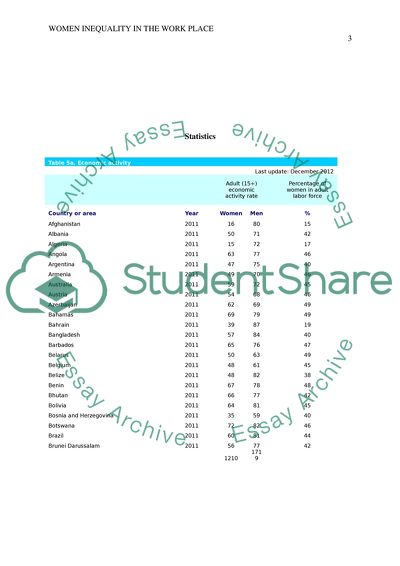Cite this document
(Women Inequality in the Workplace Essay Example | Topics and Well Written Essays - 2500 words - 1, n.d.)
Women Inequality in the Workplace Essay Example | Topics and Well Written Essays - 2500 words - 1. https://studentshare.org/gender-sexual-studies/1818703-the-employment-situation-for-women-remains-that-despite-many-advances-in-developing-equality-in-the-workplace-inequalities-for-female-employees-still-exist-discuss
Women Inequality in the Workplace Essay Example | Topics and Well Written Essays - 2500 words - 1. https://studentshare.org/gender-sexual-studies/1818703-the-employment-situation-for-women-remains-that-despite-many-advances-in-developing-equality-in-the-workplace-inequalities-for-female-employees-still-exist-discuss
(Women Inequality in the Workplace Essay Example | Topics and Well Written Essays - 2500 Words - 1)
Women Inequality in the Workplace Essay Example | Topics and Well Written Essays - 2500 Words - 1. https://studentshare.org/gender-sexual-studies/1818703-the-employment-situation-for-women-remains-that-despite-many-advances-in-developing-equality-in-the-workplace-inequalities-for-female-employees-still-exist-discuss.
Women Inequality in the Workplace Essay Example | Topics and Well Written Essays - 2500 Words - 1. https://studentshare.org/gender-sexual-studies/1818703-the-employment-situation-for-women-remains-that-despite-many-advances-in-developing-equality-in-the-workplace-inequalities-for-female-employees-still-exist-discuss.
“Women Inequality in the Workplace Essay Example | Topics and Well Written Essays - 2500 Words - 1”. https://studentshare.org/gender-sexual-studies/1818703-the-employment-situation-for-women-remains-that-despite-many-advances-in-developing-equality-in-the-workplace-inequalities-for-female-employees-still-exist-discuss.


